Every Citizen Go Collect: Lessons on Virality From Chicken Republic
Plus how to make AI writing sound human, an alternative to the marketing funnel, and why friction isn't always bad
Hi there.
Welcome to the 102 new subscribers who joined Marketing For Geeks since the last issue. Big thanks to everyone who shares MFG with their network.
ICYMI: In my last issue, I shared Bumpa’s growth story featuring the brilliant Precious O’Dahunsi.
In today’s issue, I write about how Chicken Republic engineers virality, using the Every Citizen Must Collect campaign as a case study. Plus guest insights on the marketing funnel, AI writing, and friction reviews.
Let's dive in!
🔑1 Interesting Thing
Between August & September, something interesting happened at Chicken Republic outlets across Nigeria. Customers started walking up to cashiers and whispering a phrase: "Every citizen must collect." Those who knew the secret code got their ₦2,300 refuel pack for ₦1,500. Those who didn't watched in confusion and mild envy.
The code itself is part of Chicken Republic’s brand story. If they are a Republic, then customers are citizens. And every citizen deserves democratic access to value meals. Hence, every citizen must collect.
Here’s how Chicken Republic used secret marketing and paid media to engineer virality and earn organic buzz.
They pulled 4 levers:
Exclusive/Secret Marketing
(Light) Gamification
The STEPPS Framework
Influencer marketing that didn’t look like influencer marketing
Exclusivity in Marketing
When most people think of exclusivity, they think luxury. But exclusivity isn’t reserved for high-end brands. Even mass-market brands built on affordability (like Chowdeck) can successfully leverage exclusivity in marketing.
There are 5 types of exclusivity that brands can play with:
Access-Based: Invite-only communities, beta programs, VIP lounges
Information-Based (aka secret marketing): Secrets, codes, insider knowledge
Time-Based: Limited-time drops, flash sales, “first 100 customers”
Quantity-Based: Limited editions, numbered products
Identity-Based: Communities that have clear criteria for membership (e.g. income, gender, class, seniority-level)
Luxury brands typically rely on #1 and #5, while mass brands use #2, #3, and #4.
When luxury brands use exclusivity, it sounds like “You can't sit with us unless you're worthy.” Customers have to earn access with status signifiers like price & connections.
When mass brands use exclusivity, it sounds like “Psst, want to know a secret?” The secret is technically available to everyone; you just need to know about it.
The “secrets” with mass brands aren’t really secrets. If they were really secrets, no one would find out about them, which isn’t great for a mass-market brand. Instead, they layer just enough visibility on it that it can it can be found. The goal is FOMO.
Secret marketing works in various industries, not just food. For example, ProveSource & Wix have “secret” discount pages that you can only see by searching their brand name + discount (e.g. ProveSource discount). To make it feel secret, these pages are hidden from their general website architecture. But they turn them into open secrets by making them accessible to search engines only.
In Chicken Republic’s case, the code is an open secret you could access easily via social media. Hidden, but not really.
Chicken Republic did the same. The code was discoverable on social media; obscure enough to feel special, but accessible enough to spread. Later, when the campaign peaked, they dropped the secrecy entirely, opening the discount to everyone, code or no code.
Gamification
Behavioural economics tells us people enjoy the process of earning rewards almost as much as the reward itself. That’s what Chicken Republic tapped into.
Suddenly, the process of buying a plate became a little more fun. You could lean over, mutter your secret code to the cashier and wait with bated breath for them to acknowledge it. The cashier gives you a nod of acknowledgement, shouts “nice nice” and you pay the discounted price. At the end of it, customers leave feeling a little more euphoria and excitement than they normally would.
This gamification was a critical factor in the campaign’s virality. Because it was gamified, people felt more compelled to post online about it.
The STEPPS Framework
Wharton professor Jonah Berger spent years studying why certain content goes viral while other content dies in obscurity. His research identified six key factors that drive sharing behaviour, summarised in the acronym STEPPS: Social Currency, Triggers, Emotion, Public, Practical Value, and Stories.
S - Social Currency: People share things that make them look good. Knowing the Chicken Republic secret code gave customers insider status. When they shared it with friends, they appeared smart, connected, and in-the-know.
T - Triggers: Triggers are cues in the environment that remind people of a product, brand, or idea. Chicken Republic created triggers with aggressive digital marketing, including creating a dance challenge around the campaign. The more frequently people see triggers, the more likely they are to talk about it.
E - Emotion: The campaign created multiple emotional hits—excitement from the "discovery," satisfaction from saving money, and pride from being part of the secret club.
P - Public: If people see others doing something, they are more likely to adopt it themselves. Chicken Republic got influencers to post videos of themselves using the code in stores. When other customers witnessed the code in action, it created curiosity for them to learn more.
P - Practical Value: People love to help others by sharing useful information. And what information is more useful than ₦1500 rice and chicken? Chicken Republic’s campaign had significant practical value that people naturally want to share.
S - Stories: The campaign created a perfect story structure: "You won't believe what happened when I said this secret code at Chicken Republic..."
Covert Influencer Marketing
People hate when paid marketing looks like paid marketing. It’s one of the biggest hurdles in marketing → How do you sell to people without making them feel sold to?
When people feel sold to, they put their barriers up immediately and distrust seeps in. How can they trust that the influencer is telling the truth when they were paid to say it?
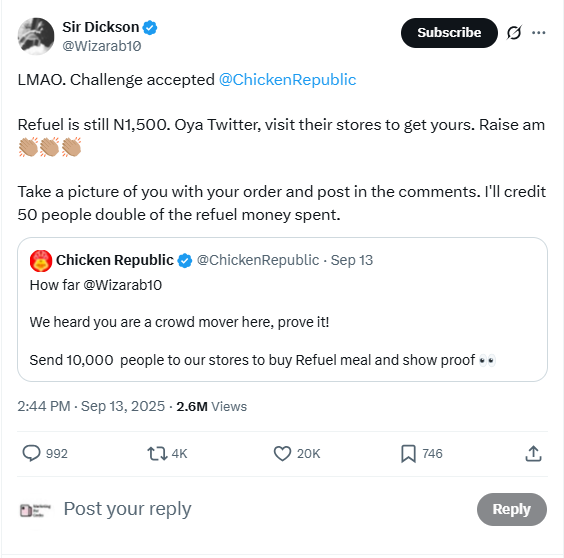
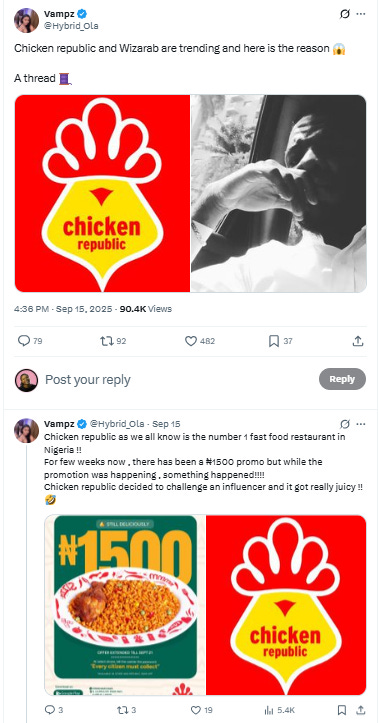
That’s why Chicken Republic leveraged covert marketing for this campaign. They had influencers make posts as if they “discovered” the secret code on their own and decided to share with their followers.
This initial paid investment turned into earned media for Chicken Republic. For the uninitiated, earned media is the publicity a brand gets organically, without paying for it or fully controlling it. It’s press mentions (like this article😁), word of mouth, and social media shares.
By getting influencers to post content that appeared organic, they spurred regular customers to post as well, creating virality.
It’s not the first time Chicken Republic has done this either. When they ran a promo campaign to announce their exclusive deal with Chowdeck, they used Hauwa to kickstart the conversation in a way that felt organic.
How To Steal
People have long debated whether virality can be engineered. Chicken Republic’s Every Citizen Must Collect campaign proves not just that it can, but how it can.
Start with something remarkable that’s actually useful.
Design for shareability (STEPPS).
Gamify the customer experience; make it fun for them.
Seed the conversation with advocates and influencers
Make it easy for customers to co-create.
TL;DR (Too Long, Didn’t Read): Virality isn’t random. Chicken Republic’s “Every Citizen Must Collect” campaign showed how secrets, fun, and FOMO can turn paid media into earned buzz.
📣Tweet this.
Attend Moonshot (20% off)
TechCabal is organising Moonshot for the 3rd year in a row. It is quite frankly THE tech event of the year. If you’re not there, I guarantee you’ll feel the FOMO.
I’ll be there with the last of my MFG stickers. I’m handing the stickers out for free, so come say hi to me while you’re there.
The good people at TechCabal have given MFG readers a 20% discount on tickets. Use the code MSMFG20 to claim your discount.
💭3 Insights
#1. Marketing funnels are not the customer journey. They’re a marketer’s guide.
This is a guest insight by Oluwanisola Eludoyin, a Growth Manager working across industries to drive user acquisition, retention, and market expansion. Find Nisola on LinkedIn & Twitter.
When I first got into marketing, I used every funnel I saw.
Awareness > Consideration > Conversion.
Acquisition > Activation > Retention > Revenue > Referral.
AIDA. Loyalty. Desire. All of it.
But the higher I went, the less these funnels made sense. They leave too much to guessing. What exactly counts as “desire” and “consideration”?
Upon reflection, funnels are not the customer journey. Funnels are how we deliberately guide users with tactics and channels.
A customer journey map is how users actually discover and adopt your product. A funnel is how you, as a marketer, plan to guide them.
While Dave McClure’s pirate funnel (AARRR) was evidently a step forward for us all, it still has some blind spots: referral and revenue don’t belong at the “end.”
Revenue is part of activation. If your activation strategy works, it should naturally cover revenue.
Referral is a retention tactic. Loyal users refer — so placing it at the end makes things messy and repetitive.
Thus, I decided to trim the fat. Here’s what I use → AAAR
Just four stages: Awareness, Acquisition, Activation, Retention.
● Awareness - make users notice your product
● Acquisition - bring them in
● Activation - get them to use the product
● Retention - keep them coming back
Why this matters
Unfortunately, expectations are quite high for marketers. And they often stem from a misunderstanding of what marketing really entails. With fuzzy funnels, these expectations get even more misaligned.
AAAR solves that by giving everyone clarity. Founders and managers know what to expect, marketers know how to measure their impact.
If you’re a Growth Manager like me, you can put your work into perspective by fragmenting how you would oversee and execute all four stages. You can then set metrics such as your North star, signups, MRR, retention rates, etc
Whatever your role is, you can simply attribute it to a stage(s) in the funnel and track the related metrics.
In addition, AAAR can also be flexible. It applies across industries and business models:
In operations-led companies, marketing can drive awareness/acquisition while ops teams handle activation and retention through calls, service delivery, follow-ups, etc.
For B2B products, marketing also drives awareness and acquisition while the sales teams activate the users and operations retain them.
TL;DR: If you’ve ever felt confused by funnels, simplify it using the AAAR method. It will help you draft better GTM strategies, define clear metrics, and never feel out of place.
📣Tweet this.
#2. You can make AI writing sound human.
Editor’s Note: Favour Yusuf shared his AI writing guidelines with me and they felt good not to pass along. Favour is a top-rated Upwork creator who writes the Get This Money newsletter. He also built an automated AI writing system you can purchase on Selar.
We know AI-generated content when we see it. It’s not the overused em dashes like everyone claims. Instead, there’s something about the rhythm, the word choices, the overly-polished flow that screams “AI wrote this.”
Favour has cracked the code on what makes AI writing feel artificial and how to fix it. Here are a few highlights that stood out to me (original doc is linked at the end).
Tell AI to write like you’re still figuring things out
Instead of sounding like a declarative textbook, write like someone learning in public. Be curious, thoughtful, and exploratory. It’s okay to say “I’m not sure yet, but here’s what I’m thinking.” That vulnerability instantly makes writing feel human.Avoid AI’s favourite tics
There are certain patterns AI falls back on, and avoiding them is half the battle:
❌ Rhetorical questions (“The result? Improved conversions.”)
❌ Forced juxtapositions (“It’s not just about X, it’s about Y.”)
❌ Corporate filler (“leverage,” “synergy,” “game-changer”)
❌ Overused intro lines (“Picture this…”)
❌ Command phrases (“Remember,” “Keep in mind…”)Add small, real details
That’s what signals to our brains that the writing is human and not AI. Mention where you were, when it happened, or how it felt.“Last Tuesday, I was working from a noisy café in Victoria Island” will always sound more real than “Recently, while working remotely.”
Throw in human imperfections
Use contractions. Throw in an aside (like this). Mix up your sentence length. Let your thoughts breathe. Even end a paragraph on a feeling instead of a conclusion.
You can copy Favour’s guide as a writing instruction into AI tools and get better content immediately.
TL;DR: AI writing sounds fake because it’s too perfect. Real writing breathes. It hesitates, explores, and admits it’s still figuring things out.
📣Tweet this.
#3. Treat friction reviews as a recurring process.
This insight was originally a LinkedIn post by Josephine Inika. Josephine’s post was inspired by my story on Bumpa’s growth. The rest of this insight is written in her voice.
Last month, in Marketing for Geeks, Lade interviewed Precious O’Dahunsi (Product Growth Manager at Bumpa). Precious shared how adding friction (plus a reverse trial) increased their onboarding completion from 27% to 50%.
That made me wonder: what if we treat friction the way we treat design or budgets? A friction review as a recurring practice; a focused audit with three sections:
Impact-focused:
Has this friction improved the quality of outcomes (not just the quantity)?
Did it reveal or indicate clearer signals about user intent/fit?
Are there second-order effects (e.g. fewer support tickets, higher retention)?
Efficiency-focused:
What is the time or cost tradeoff of this friction vs. before?
Has it reduced noise, or has it added unnecessary steps?
What’s the drop-off rate at the point where the friction is introduced?
Human-focused:
How do users/customers describe the friction?
Has this friction built more trust, or eroded it?
Like most things in marketing, operations, startups, and business generally, categorising a thing as good or bad is often too narrow a lens. When you call a decision “good,” you stop interrogating it. When you call it “bad,” you miss out on what could be learned. Both labels are too final.
Instead, framing decisions as “helping” or “not helping” helps you to look at context and outcome, and ask better questions like: helping who? helping what goal? helping at what stage?
Friction might look “bad” to Marketing (conversion drops) but “helpful” to Support (fewer spam signups).
What isn’t helping today might help six months from now. What helps in early-stage scrappy mode might hurt when scaling.
So, next time you’re in a sprint, roadmap, or budget review, try running a friction review alongside it. See what changes🤞🏾
TL;DR: Friction isn’t the enemy, it’s feedback. The goal isn’t to remove it, but to understand when it’s helping and when it’s not.
📣Tweet this.
Did you reading this? Give it a ❤️ and let me know in the comments section.
Even better, share this with someone. If they subscribe, you get referral rewards, like free templates.
Want to do more than read MFG?
Join MFG’s WhatsApp community to partake in marketing discussions. The community includes 600+ Nigerian marketers across all levels sharing ideas, feedback, and resources.
Take advantage of discounts from MFG’s partners
Treford’s live bootcamps - 15% discount - Code MFG
Algrowithm's growth engineering trainings - 15% discount - Code MFG
The Growth Handbook by Binjo Adeniran - 20% discount - Code MFG
Moonshot tickets - 20% discount - Code MSMFG20
Contribute guest posts to MFG: Best if you’re looking to build bylines for your portfolio.
If you’re a B2B SaaS founder in need of product marketing support, let’s talk. Book a discovery call to see how I could help.
What I’m Reading
How to study your craft — Three techniques to help you become better at whatever your craft is.
Could Chowdeck Really Deliver Hilda Baci’s 22,619-Litre Jollof Across Lagos in One Day? We Ran the Numbers — A thought-through breakdown that answers its titular question well.
How to Get High-Paying Clients to Choose You (Before They See Your Portfolio) + Free Resources — Everything you need to start making $1k per month by one of Nigeria’s top-rated Upwork freelancers



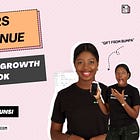
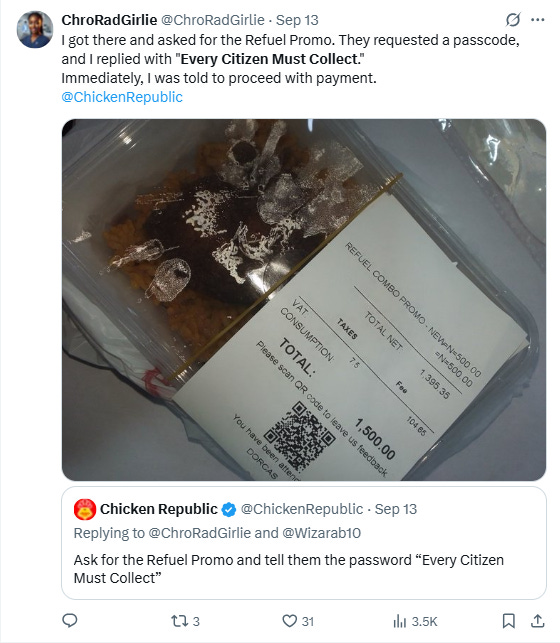
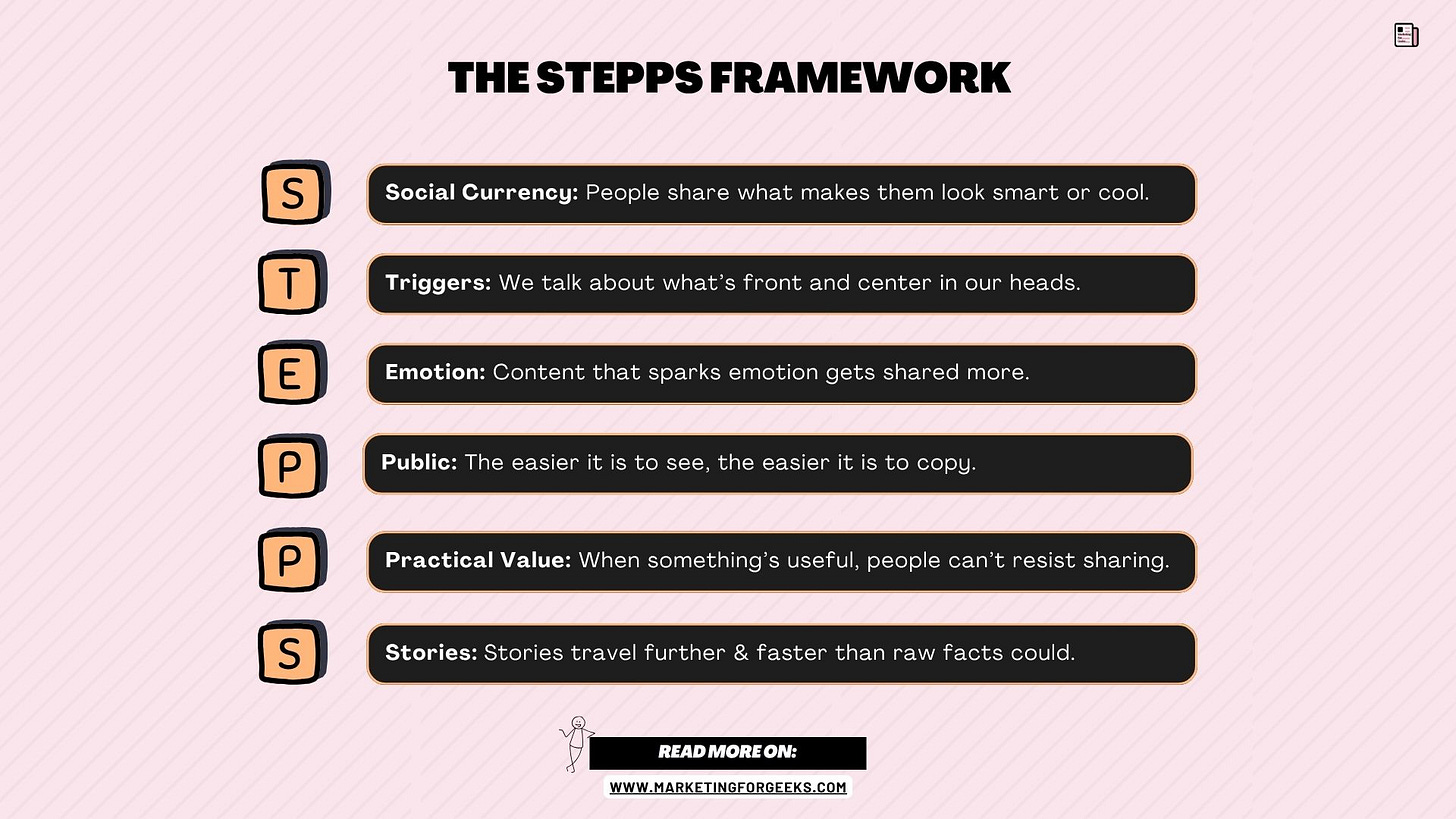
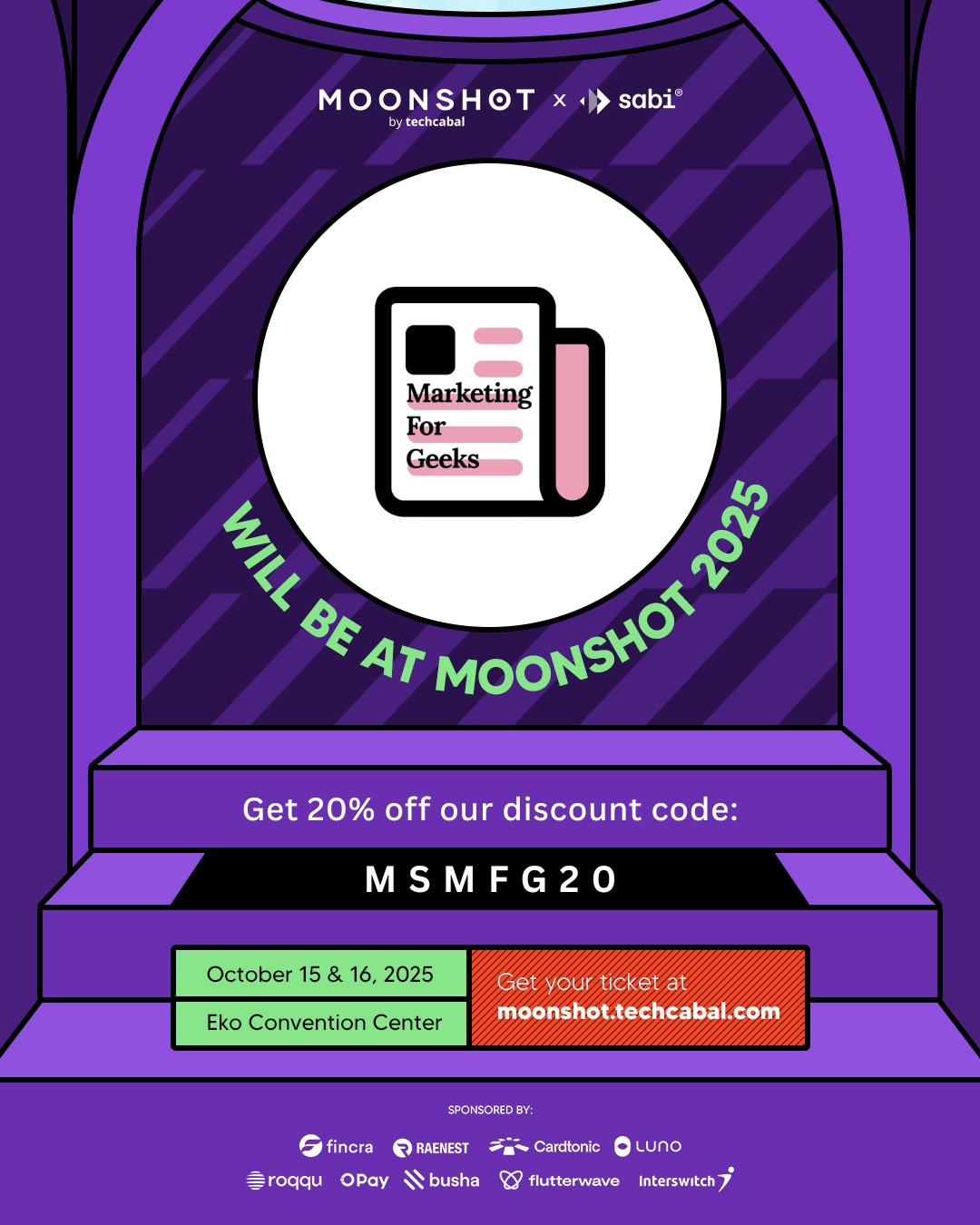
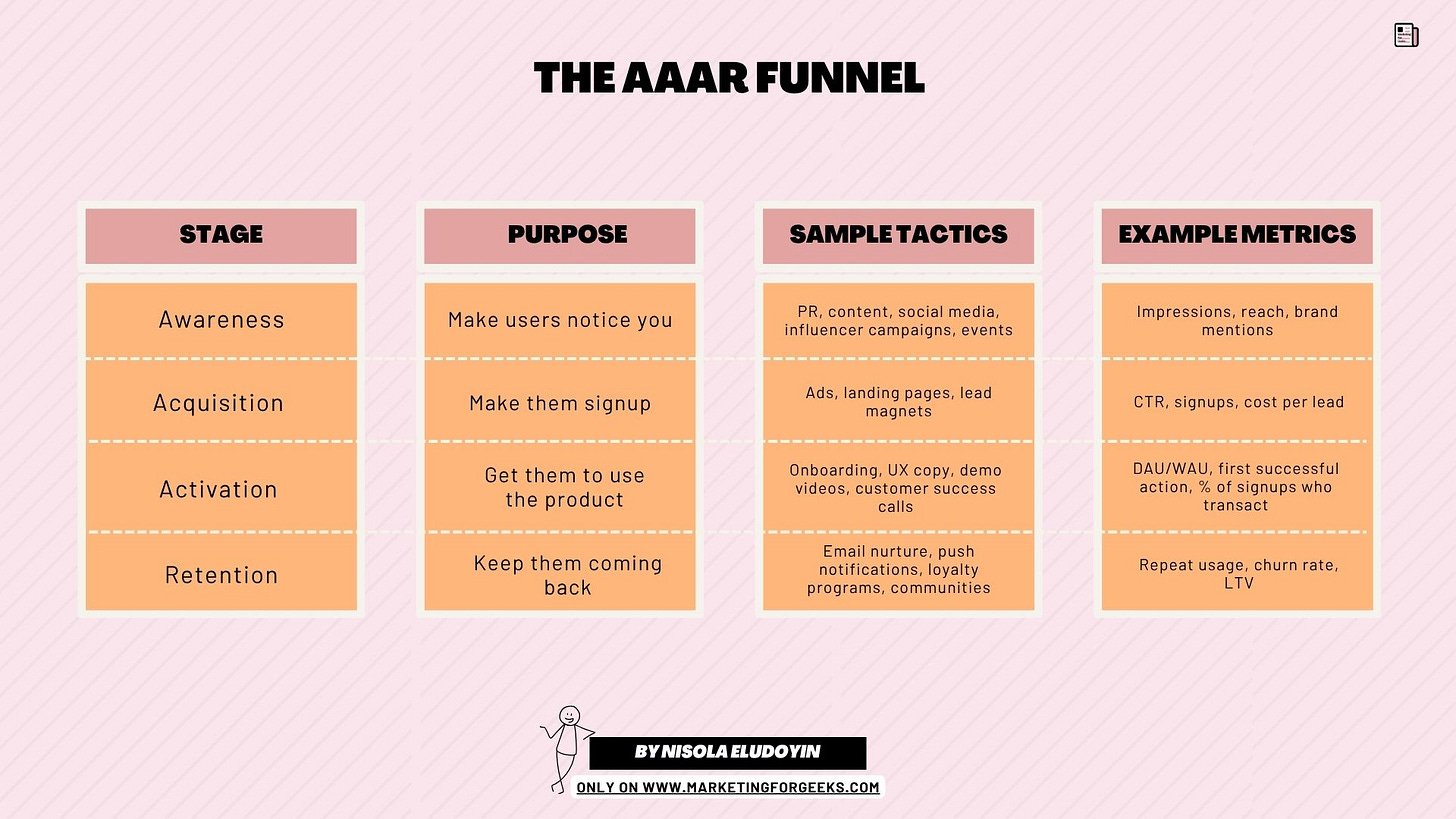
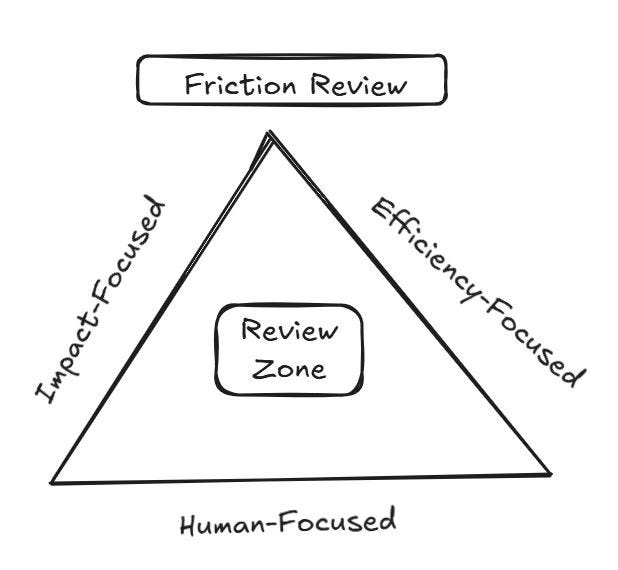

Welldone Laden. This is an insightful and actionable piece.